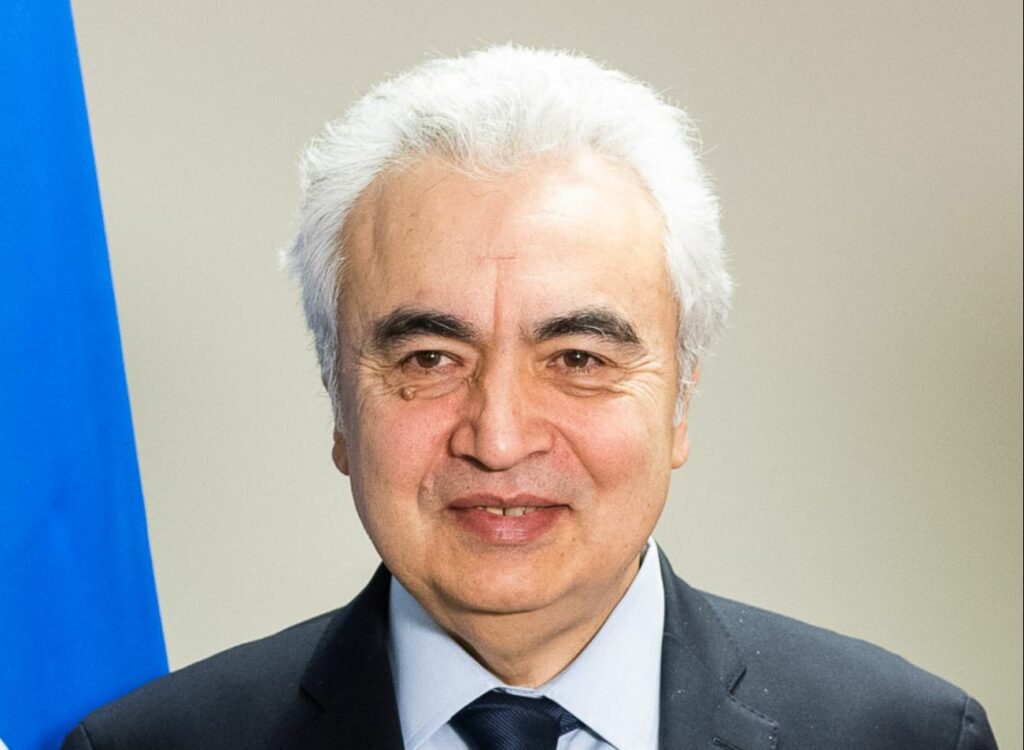Global renewable energy capacity witnessed an unprecedented surge in 2023, adding a staggering 510GW – a near 50% increase year-on-year – yet the anticipated breakthrough of green hydrogen continues to falter, casting a shadow on the trajectory of global decarbonization.
This dichotomy, revealed in the International Energy Agency’s (IEA) latest Renewables market report, underscores the complex realities of transitioning to a sustainable energy future. While solar PV and wind power are demonstrably accelerating their dominance, green hydrogen, despite fervent industry enthusiasm, is struggling to translate pilot projects into tangible contributions to the energy mix.
IEA Executive Director Fatih Birol, while acknowledging the “wow effect” of renewable growth, delivered a sobering assessment of green hydrogen’s near-term prospects. He highlighted a significant disconnect between the hype surrounding the technology and its actual deployment. Alarmingly, IEA analysis indicates that a mere 7% of currently planned green hydrogen projects are on track to become operational by 2030. This stark figure underscores the considerable hurdles hindering the widespread adoption of a fuel source widely considered crucial for decarbonizing hard-to-abate sectors.
The reasons behind this sluggish progress are multifaceted. Birol pointed to the protracted timelines for projects to reach final investment decisions, coupled with a tepid appetite from potential off-takers and persistent high production costs. This confluence of factors has effectively “burst the hydrogen bubble,” dampening initial optimism. The sentiment was echoed by Heymi Bahar, a senior renewables analyst at the IEA, who confirmed a less optimistic outlook for green hydrogen compared to previous assessments.
The IEA report, however, paints a vibrant picture of the broader renewable energy landscape. China emerged as the undisputed powerhouse, responsible for the lion’s share of the record-breaking expansion. The nation’s solar PV installations in 2023 matched the entire world’s capacity in the preceding year, while its wind power additions surged by 66%. This remarkable growth underscores China’s pivotal role in driving down the cost of renewable technologies and accelerating their global deployment. Europe, the US, and Brazil also registered record-high renewable capacity additions, with India experiencing a significant upswing in clean energy investment driven by supportive policies.
Globally, solar PV and wind power accounted for an impressive 95% of the total renewable capacity expansion in 2023. This dominance is projected to continue, with the IEA anticipating renewables overtaking coal as the largest source of global electricity generation by early 2025. Under current policies and market conditions, global renewable capacity is already on a trajectory to increase by two-and-a-half times by 2030.
Despite this encouraging progress, the IEA cautions that this trajectory still falls short of the tripling goal agreed upon at COP28. Closing this gap necessitates concerted efforts from governments to implement policies that foster demand for cleaner energy sources and address existing barriers to deployment. Birol emphasized the economic competitiveness of onshore wind and solar PV, which are now cheaper than new fossil fuel plants in almost all regions and even more cost-effective than existing fossil fuel plants in most countries.
However, significant challenges remain, particularly in emerging and developing economies. Birol stressed the urgent need to scale up financing and deployment of renewables in these regions, many of which risk being left behind in the global energy transition. Success in achieving the tripling goal hinges on addressing this disparity.
The report also highlighted the growing significance of biofuels, particularly in emerging economies like Brazil and India, which are expected to drive 70% of global demand growth over the next five years. The IEA anticipates biofuels playing a crucial role in decarbonizing hard-to-abate sectors such as air travel and replacing highly polluting fuels like diesel.
Ultimately, while the remarkable surge in renewable energy capacity offers a compelling narrative of progress, the stalled momentum of green hydrogen serves as a critical reminder of the complexities inherent in transitioning to a fully decarbonized energy system. The “wow effect” of renewables in 2023 underscores the potential, but the sobering reality of green hydrogen’s slow uptake highlights the urgent need for targeted policies and investments to unlock the full potential of all clean energy technologies.





